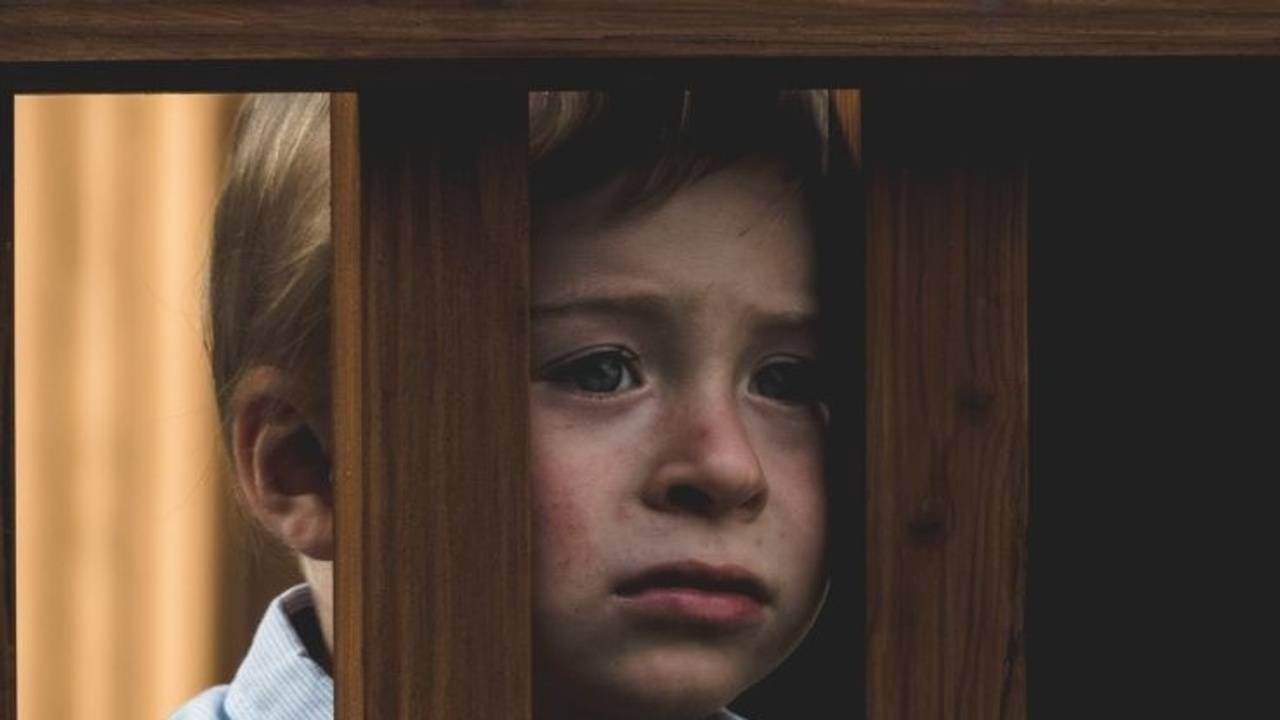Why we need to have children’s books about death on hand
Feb 21, 2018
Sounds morbid, right? Who wants to read a story about death to little children?? Though these types of weighty topics can be difficult to discuss, it’s an important responsibility we have as educators: to help children build mental constructs around all sorts of issues, including death. It’s a natural process of life that we all experience in a variety and sometimes, in unanticipated ways. Whether it’s the death of a loved one, a pet, or even just an accidentally squished bug, children are not immune to the experience of death.
One of the amazing aspects of reading is it allows you to “experience” something, without actually experiencing it. Reading can be a gentle way to face and process new ideas and situations. By reading books about certain topics, like death, you give children the opportunity to explore the concept, ask questions, and have a conversation.
Here are some books that you might want to look into for your classroom:
Always and Forever by Alan Durant (Ages 3-7)
This sweet book tells the story of Mole, Hare, and Otter coping with their friend, Fox, dying. The animals feel they will never get over their friend’s death until Squirrel comes to visit. She encourages them to remember the good times with Fox. The friends then realize that Fox is still with them, in their hearts and memories.
I Miss You – A First Look At Death by Pat Thomas (Ages 4-8)
Written by psychotherapist and counselor Pat Thomas, this reassuring picture book is gently straightforward. Children’s feelings and questions about this sensitive subject are looked at in a simple but realistic way.
The Dead Bird by Margaret Wise Brown (Ages 4-8)
This story is about a group of children finding a dead bird in the park and how they respond. I’ll be honest, I didn’t really like this book at first. But the more I thought about it once I was done, the more I grew to like it. Brown does a great job capturing a childlike response to this situation.
The Invisible String by Patrice Karst (Ages 3-8)
This is a lovely story where a mother explains to her children of an “invisible string made of love” that connects us all. How far does it go? (everywhere) Does everyone have one? (yes) Does it ever go away? (no, not even when you die) This is a great book not only for missing someone who has died but for a child who experiences separation anxiety or a child about to be apart from someone (maybe a parent on a trip, a friend moving, etc.)
Lifetimes by Bryan Mellonie (Ages 5-8)
Lifetimes is a beautiful exploration of the natural processes of beginnings and ends in life. The book takes a look at how all forms of life–plants, animals, and humans–have a beginning and end and that the living in between is special. The illustrations of this book are simple and beautiful.
I’ll Always Love You by Hans Wilhem (Ages 3-7)
This is a story of a young boy and his dog, Elfie. As the story progresses, Elfie grows older and more feeble. One day, she does not wake up. The boy is devastated. His family mourns the loss of their sweet pet, but the boy is resistant to move on. This sweet book gently shows the perspective of losing someone/something after a long period of time and some of the emotions that are experienced.
When Dinosaurs Die by Laurie Krasny Brown (Ages 4-8)
Despite the playful title and illustrations, this is a very direct factual look at certain aspects of death. The book is very heavy with information, answering questions like “Why does someone die?” (a variety of answers are offered, including suicide) “What does ‘dead’ mean?” and “What comes after death?” (a variety of customs and beliefs are explained) This book is great for a child who has specific questions about death or a child who has a unique experience that you want to address.
Remembering Crystal by Sebastian Loth (Ages 3-9)
This is a sweet, gentle story of Zelda, a young goose, and her friend Crystal, an older turtle. As their friendship goes on, Crystal eventually dies. At first, Zelda doesn’t believe her friend is gone and goes looking for her. Over time she accepts the death of her friend and realizes that their friendship will live on in her heart. This book is profound, yet simply told with lovely illustrations and simple sentences on each page. This is a great book for little readers.
All of these books broadly address death. Many other books address death within specific relationships–mothers, fathers, siblings, grandparents, etc.
The books listed above are all religiously neutral. If you are looking for a book that offers a more particular look at a relationship dynamic or religious tradition, they are out there.
Helping children navigate difficult issues requires great kindness.
I hope that you find this list helpful and are able to enjoy assuring, engaging conversations about life together with your children.
Stay connected with news and updates!
Join our mailing list to receive the latest news and updates from our team.
Don't worry, your information will not be shared.
We hate SPAM. We will never sell your information, for any reason.









